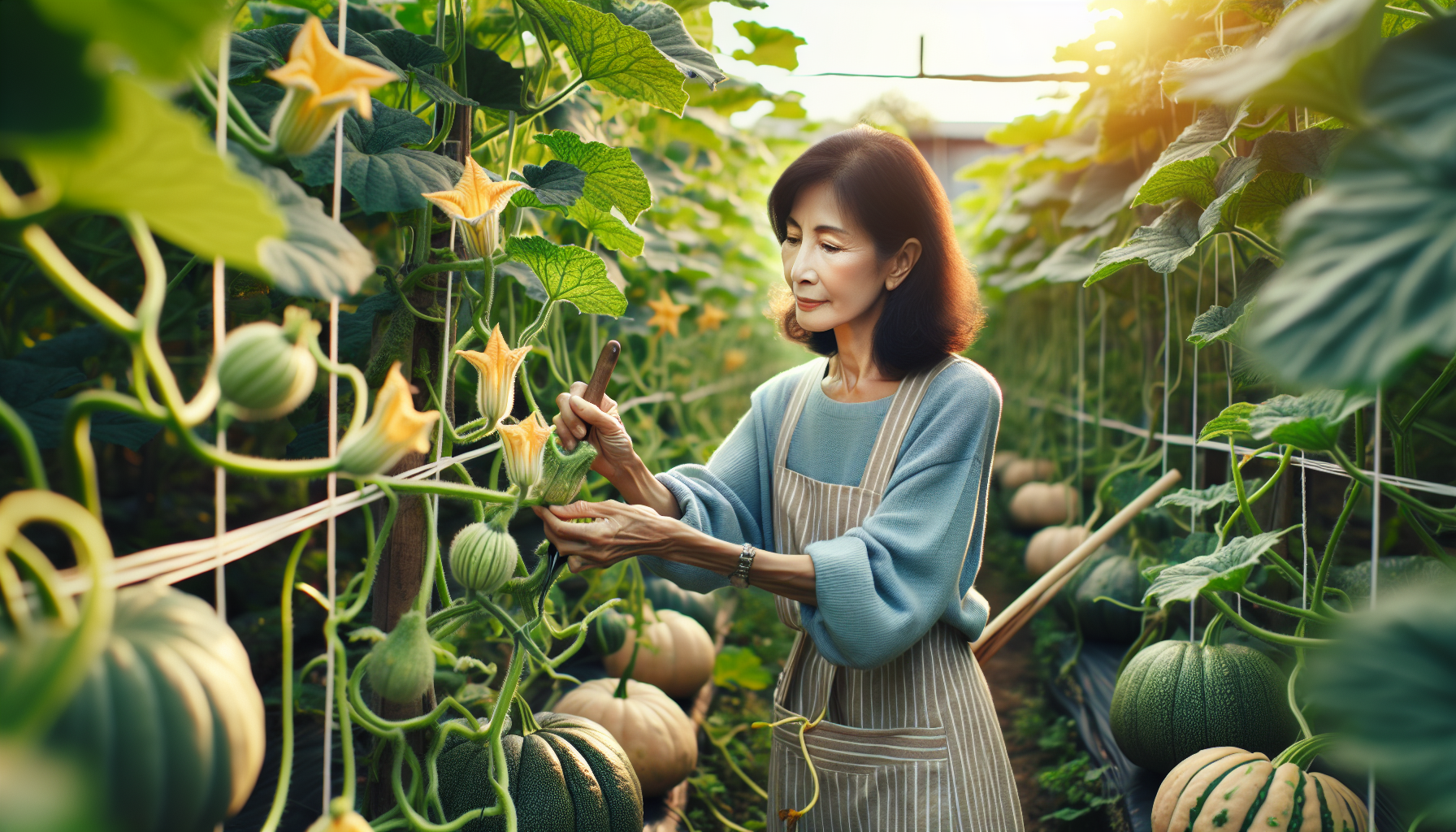Planting pumpkins can be a rewarding and fun experience, especially for beginners looking to try their hand at gardening. Pumpkins are not only great for Halloween decorations and delicious recipes, but they are also relatively easy to grow with the right conditions and care. Below is a comprehensive guide for beginners on how to successfully plant pumpkins.
Choosing the Right Variety
Before you start planting pumpkins, it’s important to choose the right variety based on your needs and the available space in your garden. For beginners, it’s recommended to start with smaller varieties such as Sugar Pie or Baby Pam pumpkins, as they are easier to manage and require less space to grow. Make sure to consider the growing season in your area as well, as some varieties may be better suited for warmer or cooler climates.
Planting Time and Location
Pumpkins are warm-season plants that require plenty of sunlight to thrive. It’s best to plant pumpkins in late spring after the last frost has passed and the soil temperature has warmed up to around 70°F (21°C). Choose a well-drained and sunny spot in your garden with plenty of space for the vines to spread out. Pumpkins can also be grown in containers if space is limited, but make sure the containers are large enough to accommodate the growing vines.
Soil Preparation and Planting
Prepare the soil by mixing in compost or aged manure to improve fertility and drainage. Pumpkins prefer slightly acidic soil with a pH between 6.0 and 7.0. Plant the seeds about 1 inch deep in mounds or hills spaced 4-6 feet apart to allow room for the vines to grow. If planting in rows, space the seeds 2-3 feet apart. Water the seeds well after planting and keep the soil consistently moist but not waterlogged.
Caring for Your Pumpkin Plants
As the pumpkin plants grow, it’s important to provide them with regular water, especially during dry periods. Mulching around the plants can help retain moisture and suppress weeds. Fertilize the plants every few weeks with a balanced fertilizer to promote healthy growth. Keep an eye out for pests and diseases, and take necessary measures to protect your pumpkin plants.
Harvesting Pumpkins
Depending on the variety, pumpkins typically take 75-100 days to mature. You can tell that a pumpkin is ready for harvest when the rind is hard and the stem starts to dry out. Use sharp shears to cut the pumpkin from the vine, leaving a few inches of stem attached. Store the harvested pumpkins in a cool, dry place with good air circulation to prolong their shelf life.
By following this beginner’s guide to planting pumpkins, you can enjoy a bountiful harvest of homegrown pumpkins that you can use for cooking, carving, or simply decorating your living space. Remember to have fun and experiment with different varieties to find the ones that work best for you and your garden.
